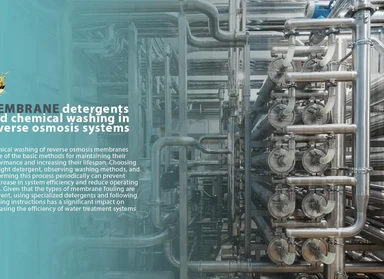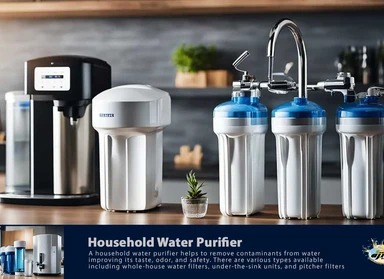Membrane

Membrane detergents and chemical washing in reverse osmosis systems
Membrane detergents play a key role in maintaining the performance and extending the life of reverse osmosis membranes. This article examines the factors that cause membrane fouling, the types of detergents used to remove these foulings, washing methods, and important points in the selection and use of these materials.

Preliminary water treatment for optimal use of membrane in reverse osmosis
Preliminary treatment is performed to optimize the use of membranes and increase membrane operating time. During this operation, water is prepared to pass through the membrane.

Household water purifier
This device uses reverse osmosis to remove about 95 to 99 percent of the chemicals and salts in the water and is easily installed under the sink with a separate drinking water tap. The water filter only removes large particles and impurities in the water, such as mud, sand, and rust from pipes, while reverse osmosis, by using a semi-permeable membrane, not only removes particles mixed in the water, but also all chemicals and microbial, viral, and other contaminants dissolved in the water.

What is reverse osmosis and natural osmosis?
Osmosis is the movement of a solvent from a dilute solution to a concentrated solution through a semipermeable membrane. Reverse osmosis is a widely used separation technique with a variety of applications. Desalination of seawater and separation of organic and toxic substances from industrial wastewater are two important applications of this technology.